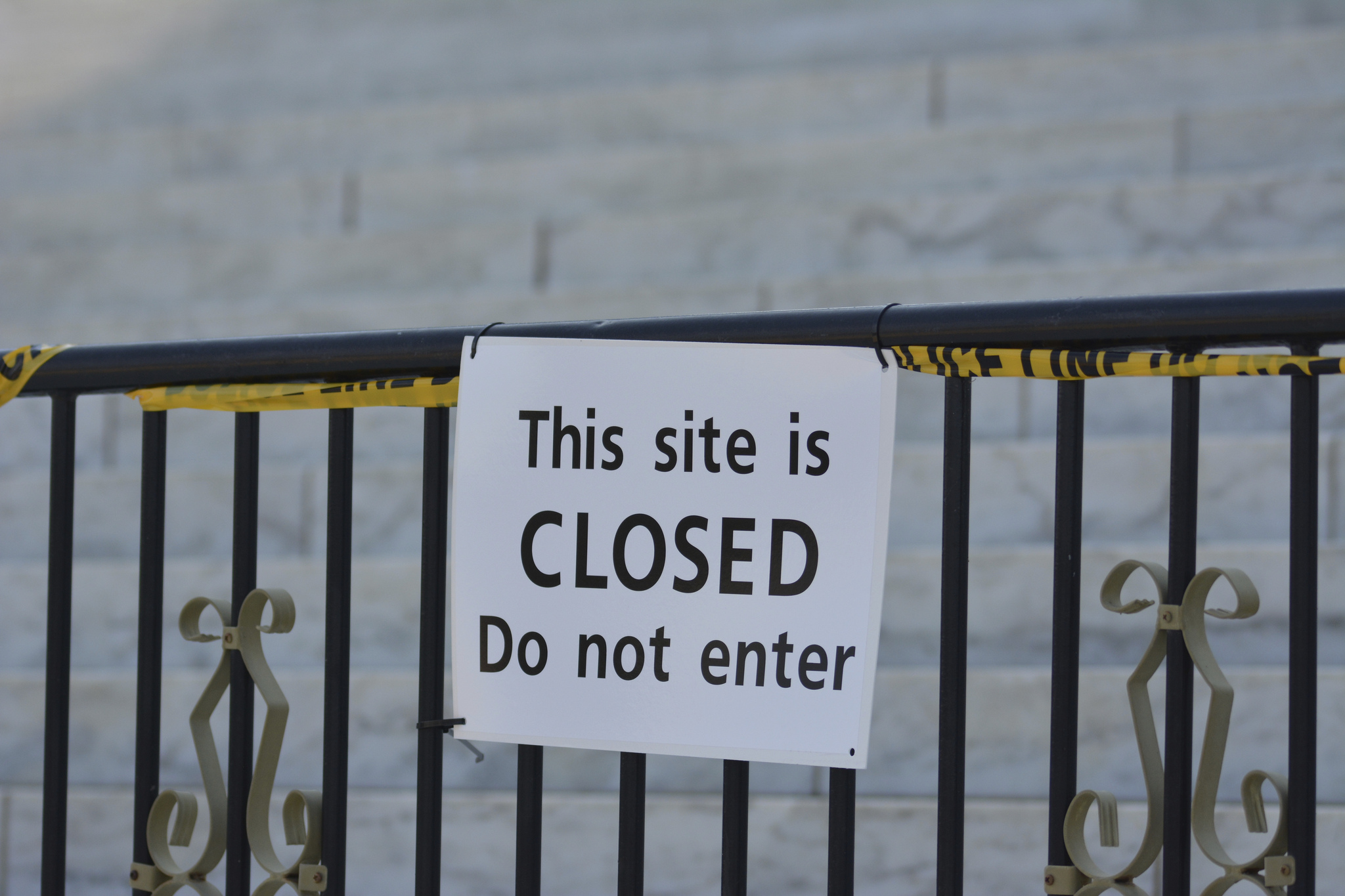Last week Congress passed and on Monday the President signed a two year bipartisan budget agreement that also raised the debt ceiling through March 2017. The two year budget sets federal spending through the 2016 and 2017 fiscal years (FY), and lifts spending caps by providing an additional $80 billion, split evenly between military and domestic programs. The agreement was hailed as a significant victory for then out-going Speaker John Boehner (R-OH) and Majority Leader Mitch McConnell (R-KY) and was praised by President Obama as “a responsible, long-term budget agreement that reflects our values, grows our economy and creates jobs.” However, there is still work to be done to keep the government open past December 11, 2015.
Despite what has been reported in the media, a budget agreement does not avert a government shutdown. Budget agreements set overall spending levels for the fiscal year. Congress still must approve individual spending bills in order to set priorities and fund specific government agencies and programs. The government is currently funded until December 11 by a continuing resolution, a stop-gap measure which continues funding the government at current levels. This means Congress has just over a month to pass either another continuing resolution or spending bills for the rest of the fiscal year (i.e., until September 30, 2016). Congress also will have to agree how to spend the additional $80 million that is a part of the budget agreement.
The current continuing resolution reauthorized three visa programs and the E-Verify Program for the same period of time as the resolution (December 11). These programs are:
- The EB-5 program: The immigrant investor program, known as EB-5, was created in 1990 to stimulate job growth and capital investment. It is the only visa program for investors that leads to permanent residence, and it requires that applicants invest $1 million (or $500,000 if the investment is in a rural or high-unemployment area) and create at least 10 jobs. There are 10,000 visas allocated per fiscal year for the program. Currently, there are different bills in the House of Representatives and the Senate to reauthorize the program with some changes. One bill in the House would make the program permanent; another in the Senate would reauthorize the program for five years.
- Conrad 30 Program: This program, created in 1994, allows certain physicians who trained in the United States on J-1 visas to obtain a waiver of the two-year home residence requirement. In exchange for the waiver, the physician must work for at least three years treating medically underserved populations in the United States. There is a bipartisan bill in the Senate that would make the program permanent with some changes.
- Special Immigrant Non-Minister Religious Worker Program: This program, created in 1990, allows non-ministers or other lay religious workers to come to the United States as lawful permanent residents. Currently there is a bipartisan bill in the Senate that would make the program permanent with no changes.
On top of the need to reauthorize these programs, Congress will have to reconcile the Senate and House versions of the various spending bills and consider how to address so called “policy riders” that exist in many of the bills. Such riders often are attempts to pass controversial legislation by attaching them to must-pass bills. One of these riders is in the House version of the Department of Homeland Security’s FY 2016 appropriations bill. The amendment offered by Rep. Ted Yoho (R-FL) passed the Appropriations Committee by a 28-21 vote attempts to make so-called “sanctuary cities” ineligible for Federal Emergency Management Agency grants for the entire fiscal year.
While Congress worked in a bipartisan way to reach a budget agreement for two years and there will be no more talk about defaulting on our debt for that period, we are not quite out of the woods, at least not yet.
Photo by John Sonderman.
FILED UNDER: Conrad 30 Program, E-Verify, EB-5 visa, featured, immigration funding, John Boehner, Mitch McConnell


